Then and now: The retro holiday destinations that went from naff to chic
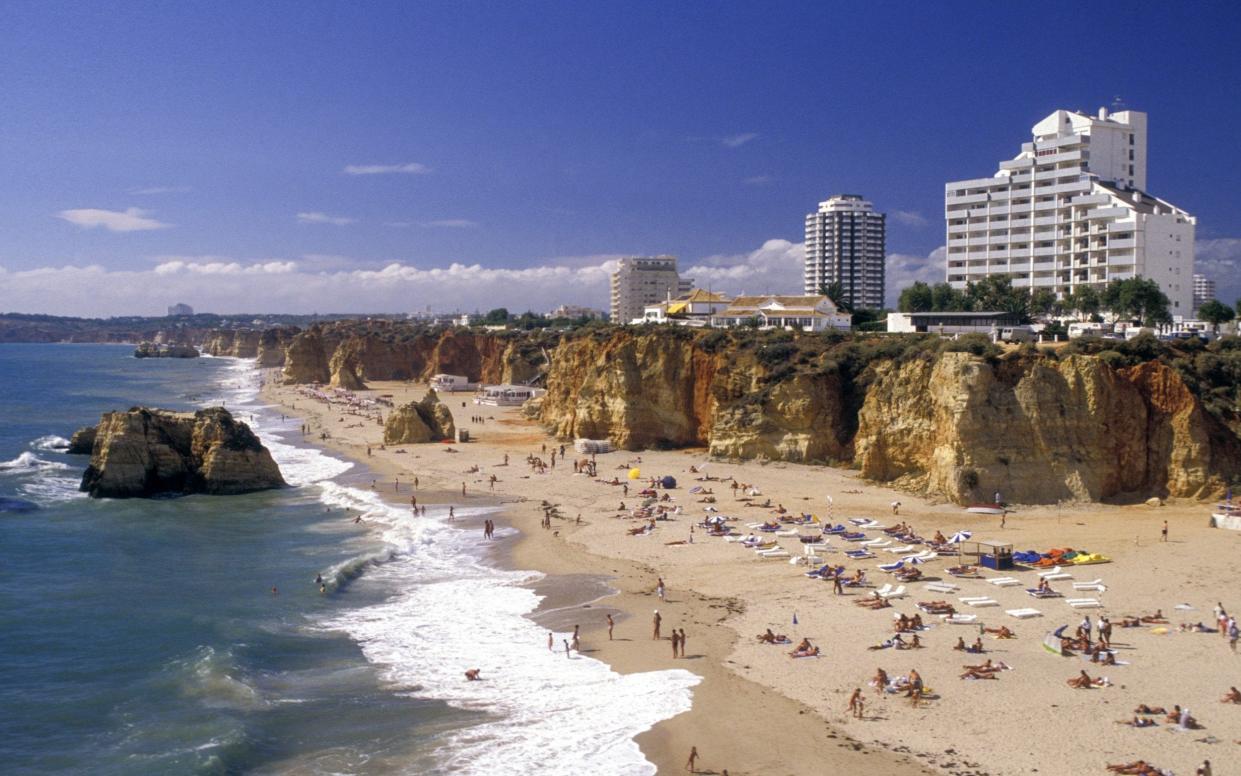
Cutting serenely into the birdsong at Vila Monte is the discreet tinkle of water from the pool. White umbrellas and billowing muslin drapes provide shade in the artfully-kept grounds and beyond the low-rise slouch of the hotel there’s nothing but waves of scrub, undulating lazily towards the sea.
It’s a scene seemingly straight from the South of France, but surprisingly this is the Algarve - beloved 1980s favourite of amateur golfers and mid-life boozers. You might not recognise it because, like many retro destinations, this part of Portugal has had a 21st-century makeover complete with boutique hotels, beach clubs and expensive restaurants.
The old package favourites became holiday hotspots for a reason, whether it was the year-round sun, velvet sand or a window into another, more enjoyable culture. Now, after decades in the doldrums, they’re focusing on their best bits to stage a comeback. Read on to discover why now’s the time to revisit four of Europe’s most retro destinations…
Madeira
Once the favoured holiday spot for a particular type of OAP, Madeira had a reputation for attracting silver snoozers. They came to sit on the balconies of grande dames such as the Savoy and Reid’s Palace during mild winters, sporting huge sunnies and nursing glasses of the local fortified wine (a wise choice, since it happens to be rather good).
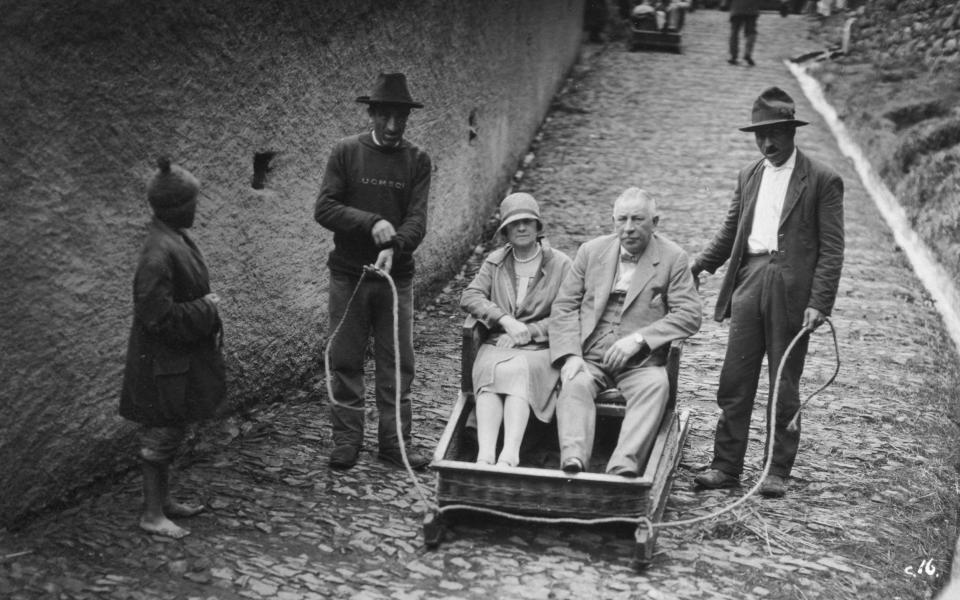
While they did, the island’s charms remained largely undiscovered, which is a shame because Madeira really does have it all – an ocean busy with dolphins and whales, a cobblestone capital with a smattering of hole-in-the-wall bars and posh shops and more than 2,000 kms of walking trails cut though the mountains of the interior besides 16th-century water channels (levadas). It explains why a new crowd has jetted in over the last few years, booking into a flurry of recently-opened boutique hotels.
Among them, Hotel Cajú Madeira (hotelcaju.com) is a few steps from the cathedral in Funchal’s whitewashed centre. Here, pretty period details such as wrought iron balconies and original windows are offset by concrete walls and crisp white linens and there’s an organic restaurant with a women-only team. Meanwhile, down the road, Three House Hotel (threehouse.com) comes with a rooftop pool and a restaurant that’s shunned traditionally pedestrian Madeiran cuisine in favour of ceviche and ramen.
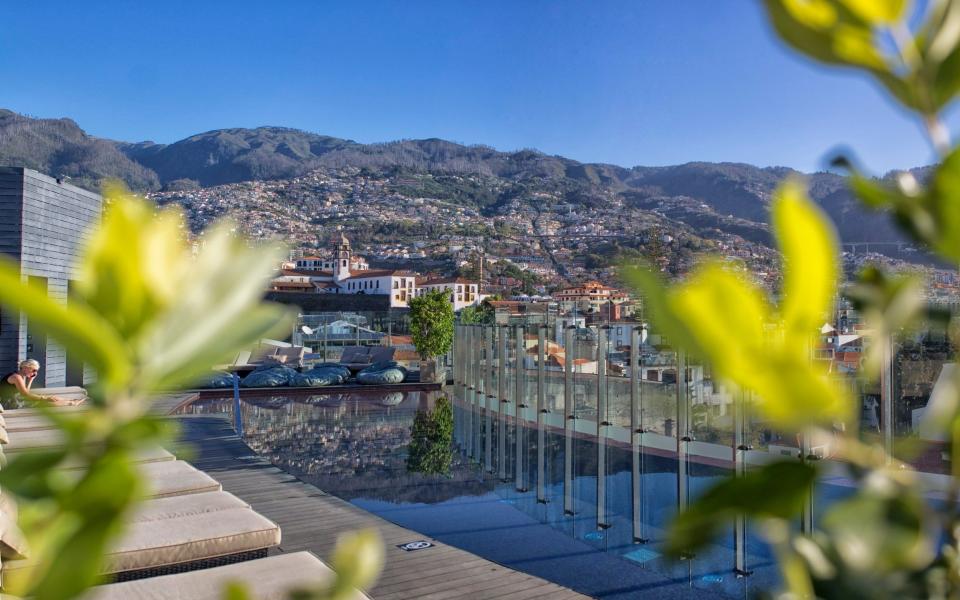
Aside from its updated hotels, the island now has the ultimate attraction for 21st-century travellers: a rooftop bar scene. It features terraces for all types, from the low-key Beer Lab atop the city’s fish market to the swish, poolside, cocktail-vending 360 at The Vine. Even the ancient levadas come with cool new offerings: these days you can book trail-running tours along their paths with GoTrail Madeira (gotrailmadeira.com).
Costa del Sol
There were only 10,000 people living in Marbella in the late 1940s when the diminutive fishing village caught the attention of Prince Alfonso von Hohenlohe. But when he set up Marbella Club as a place for his friends and family to hang out on their hols, he sparked an A-list social scene unrivalled in Spain (Brigitte Bardot, Jean Cocteau and Grace Kelly were all fans).
Later though, the resorts of nearby Torremolinos and Fuengirola became known for their cheap beer and concrete towers and ‘Marbs’ was tainted by association. Like all stars on their way down, it was forced to take a role on an image-damaging reality show (The Only Way Is Essex).

In the aftermath, Marbella re-found its bearings thanks to the resurgence of its old town and a focus on keeping its 27 kms of sand immaculate. These days, it's redolent of the best bits of southern California. Couples in lycra walk dogs along the palm-fringed promenade while families (their clothes carefully coordinated in a palate of navy and neutrals) settle down on the terrace tables of the town’s best restaurants: among them La Milla, a revamped seaside chiringuito that now serves oysters and cocktails alongside its paella.
In the pristine Old Town (which resembles a Photoshopped approximation of an imagined ancient quarter, full of sun-umbrella-filled piazzas and bougainvillaea-heavy alleyways), a handful of new hotels include El Castillo. Here, monochrome rooms are tastefully muted and the rooftop restaurant glances over ancient buildings towards the sea (there are two other new hotels in the same group; ranch-like Maison Ardois and grand townhouse Santo Cristo; laciudadellamarbella.com).
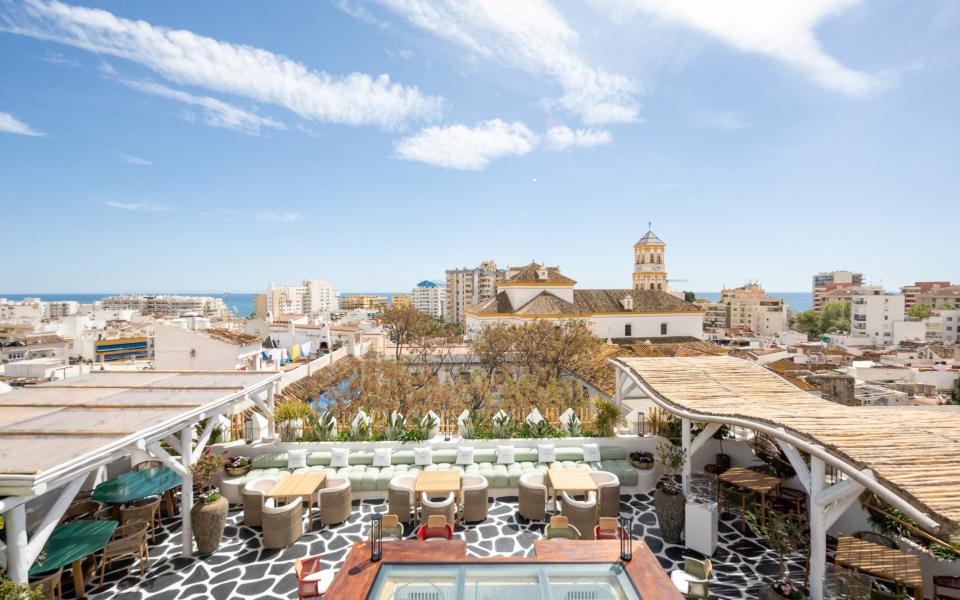
Even von Hohenlohe’s Marbella Club (still the best hotel on this stretch) has adapted to the 21st century with aplomb. Alongside its historic cabanas and classic beachside restaurant, there’s now aerial yoga classes and a pop-up Chanel boutique (marbellaclub.com).
Further along the coast, another of the Costa del Sol’s stretches is enjoying its 365 days in the sun. In monied Sotogrande, hotels are opening fast: a new Fairmont will welcome guests by 2024, hot on the heels of SO/Sotogrande (so-sotogrande.com) and the boutique hotel MiM (mimhotels.com).
The Algarve
Just south of Lisbon, Comporta is where the cool kids go for a Portuguese holiday. But recently, there’s been a migration down the coast by those in the know: the Algarve has better weather, less windswept beaches and significantly more buzz. A decade ago though, it didn’t have the properties to match – its lego brick behemoths standing as monuments to another holidaying era.
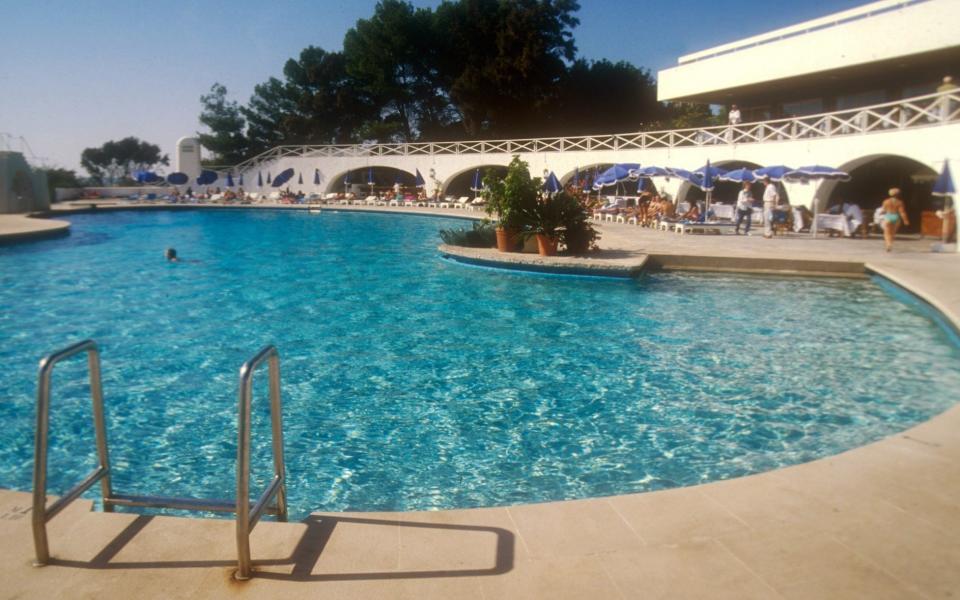
The first to change that was the aforementioned Vila Monte, overhauled in 2016 and far away from the big resorts in empty countryside. Boutique hotels in the region’s authentic towns were quick to follow. Amid the enticing sprawl of Lagos, which grew rich on maritime trading, Casa Creativa opened in 2019 with an interior pepped-up by houseplants and Moroccan pouffes (casacreativalagos.com). Last year, Pure Formosa sprung up in Olhão, a beguilingly bloated 18th-century fishing town where you can hop on a boat to the castaway islands of Rio Formosa (pureformosa.com). With a rooftop pool and slick white rooms, it’s more reminiscent of a Lisbon city hotel than those in the nearest resorts.
The big-name destinations have changed too though. Always a signifier of gentrification, a W Hotel opened in Albufeira this year (it’s the hotel equivalent of getting a Starbucks on your High Street). Nearby is the mammoth Pine Cliffs resort, a phased collection of hotels that first opened in 2016 and has been growing ever since. It’s now so full of restaurants, shops and pools that there’s no need to leave (there’s a golf course too).
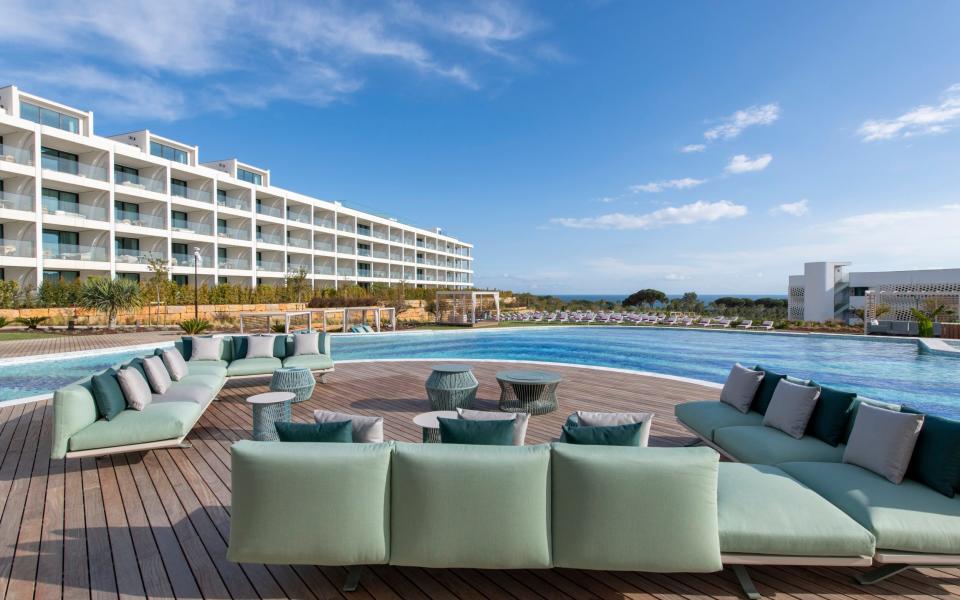
If you do make it out, the new way to explore the Algarve’s towns is to mooch between their coffee shops: you’ll get the measure of laid-back Lagos from the veggie Abigail’s cafe in its sleepy backstreets or surfy Coffee & Waves with its smoothies and acai bowls. And the new way to do sunbathing is to park yourself on a sunlounger at one of the beach clubs, of which Puro Beach (sister to branches in Mallorca and southern Spain) is the most vaunted.
Zakynthos
The lager lovers of the resort town Laganas have a lot to answer for – every year, their behaviour makes the tabloids (alongside clamours for British tourists to stay away… which an entire slice of the population has duly taken onboard). It’s been this way since the 1970s, when Zakynthos pitched itself as the place for a cheap n’ cheerful Greek getaway. The reputation’s stuck, even though Laganas is nothing more than a handful of taverna-lined streets in an island littered with Byzantine relics and hemmed by turtle-populated coast.
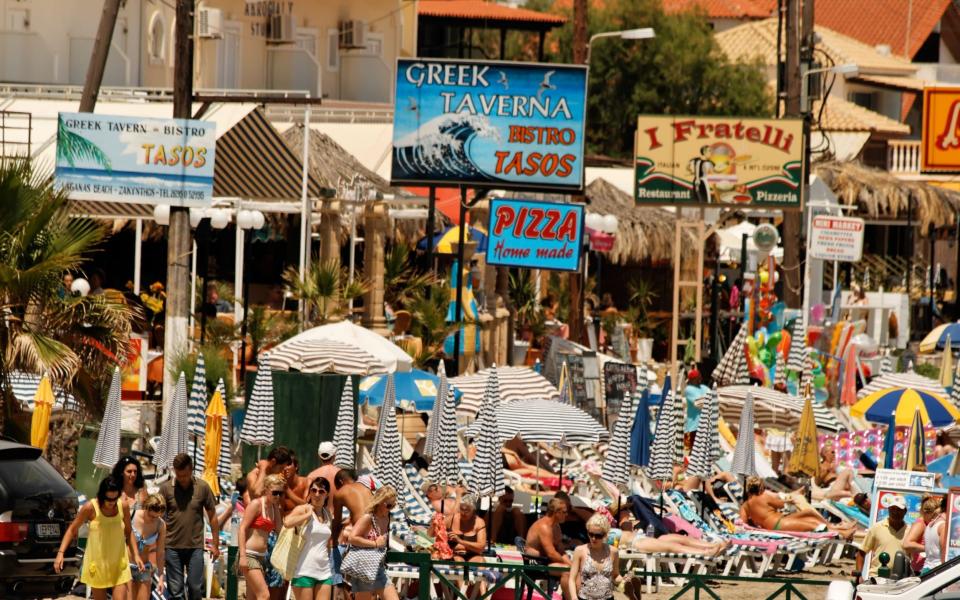
Away from the tequila-fuelled trouble, Zante is every bit as beautiful as its cooler cousins, Santorini and Mykonos. The landscape is redolent of Ibiza: Squiggles of unmarked road swirl around the interior, cutting through olive groves on route to empty beaches. That might be why chic restaurant chain Cotton Club (known for its popular Balearic outposts) chose to open a branch on the island this year, vending island-produced wine, cheese and olives alongside sushi and steaks.
The chic hotels are coming too: five-star Lesante Cape (lesantecape.gr) flung open the doors to its beige-on-white paean to good taste this year. Clambering along the coastline in an explosion of terraced pools and cabana-scattered lawns, it’s joined the newly-revamped Contessina (2019; contessinacollection.com) and the sophisticated greige cubes of the Olea All Suite Hotel (2018; oleaallsuitehotel.com).
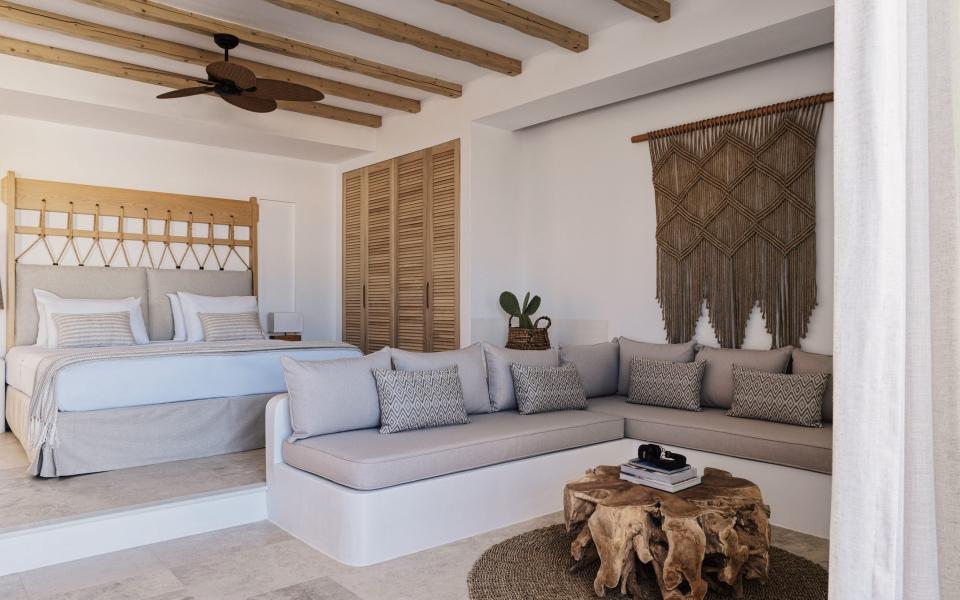
In keeping with the pared back ethos of the new accommodation, there are now some brilliantly low-key ways to explore the island’s serene interior. Top of the list? A tour of the Goumas Winery or making your own olive oil at Logothetis Organic Farm.


